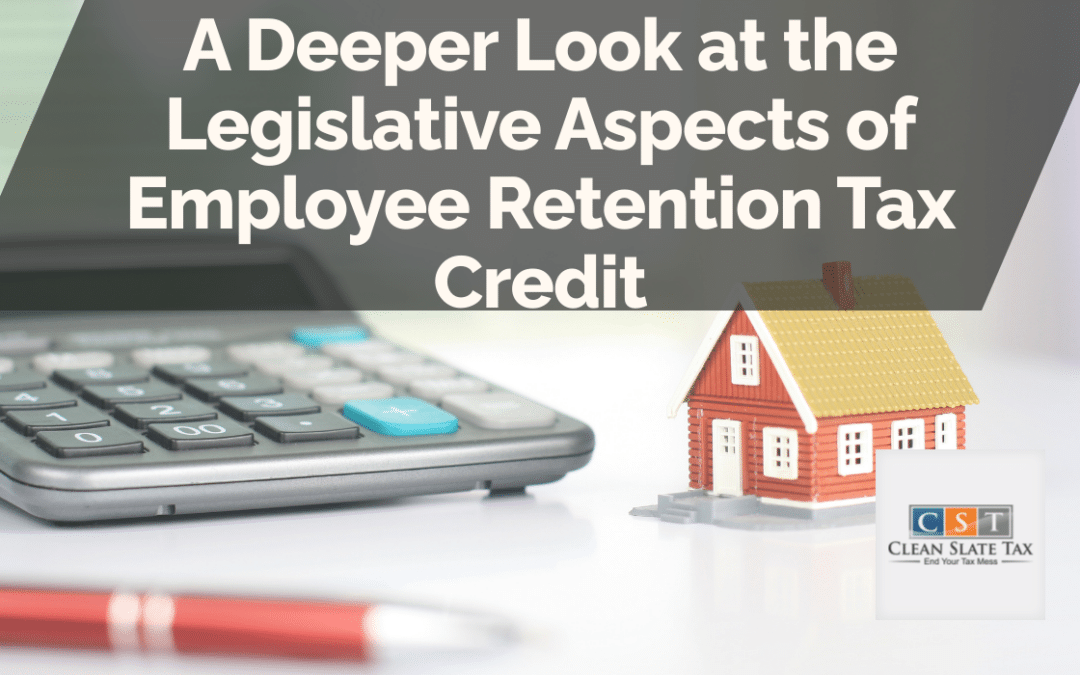The Employee Retention Tax Credit (ERTC) has played a crucial role in helping businesses navigate through the financial challenges brought about by the Covid-19 pandemic. It is a provision under the CARES Act that offers relief to employers, encouraging them to retain employees during the crisis. This article delves into the legislative aspects of the ERTC, highlighting the changes that have taken place and their repercussions.
What is the Employee Retention Tax Credit?
The ERTC is a refundable, fully-pledged tax credit aimed at encouraging businesses to retain their employees, in spite of economic difficulties. It is a part of the Coronavirus Aid, Relief and Economic Security (CARES) Act that was passed in March 2020. It offers a maximum of $5,000 per employee for businesses that qualify.
Key Legislative Changes in the ERTC
In December 2020, the Consolidated Appropriations Act of 2021 made significant changes to the ERTC.
-
The credit rate was increased from 50% to 70% of qualified wages.
-
The limit on per employee creditable wages was raised from $10,000 for the year, to $10,000 for each quarter.
-
The requirement for gross receipts was reduced to merely 20% of the comparison quarter.
Understanding the Eligibility for ERTC
Eligibility for this credit is based on two main conditions: having business operations that were either fully or partially suspended due to pandemic-related governmental orders, or experiencing a significant decline in gross receipts. Any business that satisfies either of these conditions is eligible for the ERTC.
Frequently Asked Questions
Does the ERTC apply to all businesses?
Yes, the ERTC applies to all businesses, irrespective of their size. The CARES Act included this provision for the benefit of all employers.
Can businesses that received PPP loans still qualify for ERTC?
Originally, businesses that received PPP loans could not qualify for the credit. However, the Consolidated Appropriations Act of 2021 removed this restriction, allowing such businesses to qualify for the ERTC on wages not paid with forgiven PPP proceeds.
Can certain nonprofit organizations qualify for the ERTC?
Non-profits and tax-exempt organizations are eligible for the Employee Retention Credit as long as the other criteria for qualification are met.
In conclusion, the legislative aspects of the Employee Retention Tax Credit are comprehensive and adaptable, designed to provide significant financial assistance to businesses. Understanding these intricacies helps businesses leverage the available benefits effectively and efficiently during these challenging times.





